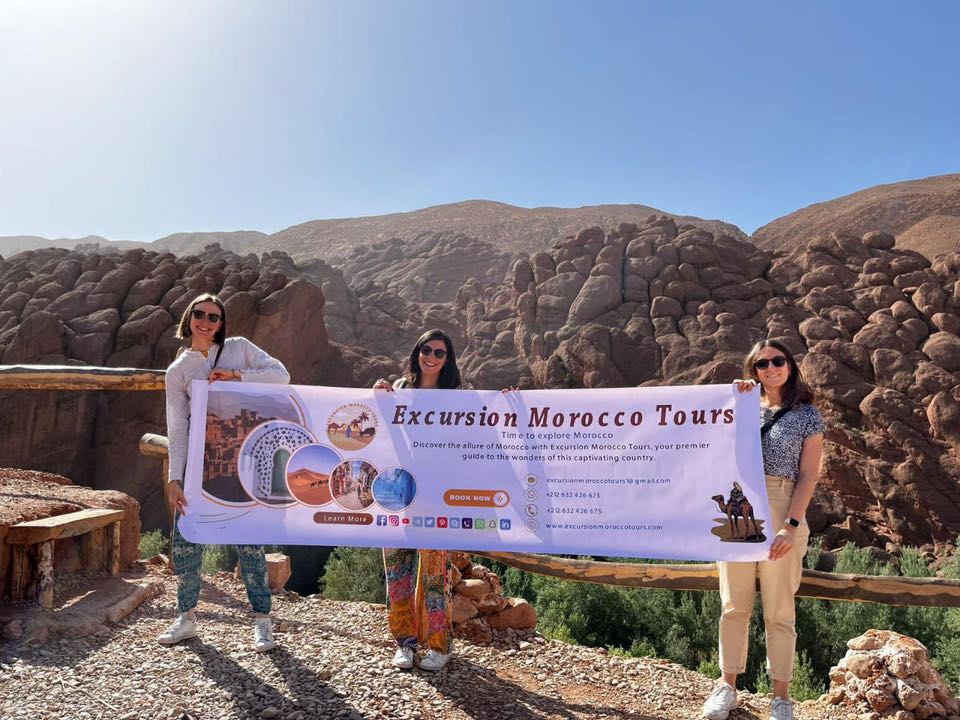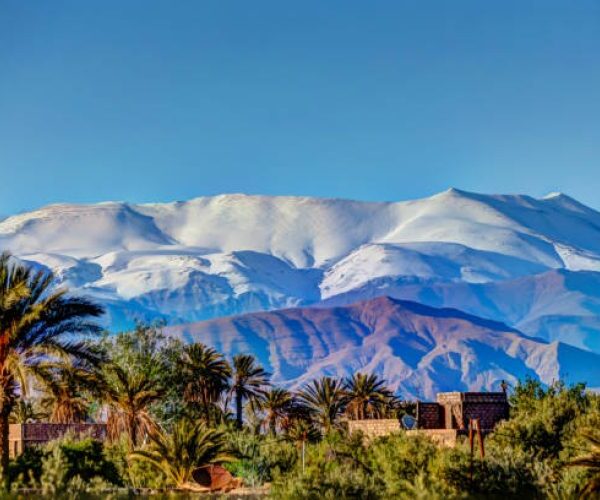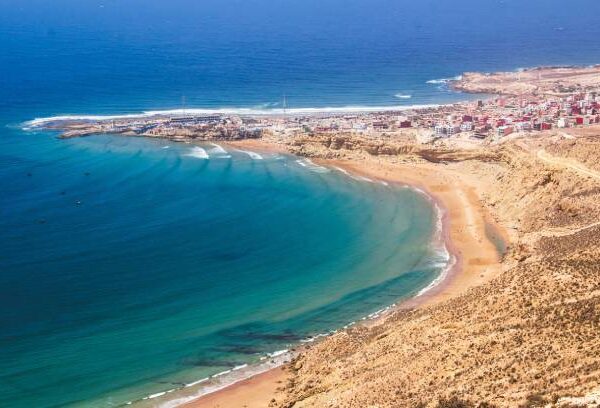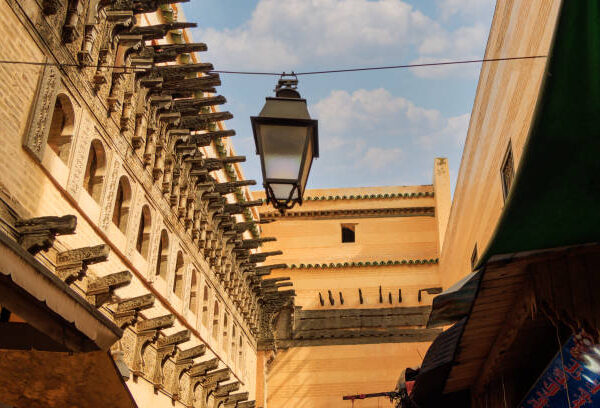Morocco – a land where the dunes of the Sahara meet the peaks of the Atlas Mountains, where ancient medinas hum with life, and where the call to prayer echoes over centuries-old cities – is one of the most captivating countries in North Africa. This magical destination offers an unforgettable blend of culture, history, adventure, and hospitality. Whether you’re a first-time traveler or returning to explore deeper, Morocco always has more to reveal.
1. Why Visit Morocco?
Morocco is a country of contrasts and sensory delights. From the chaotic charm of Marrakech’s souks to the peaceful serenity of a desert sunrise, the country offers experiences as diverse as its landscapes. Here’s why Morocco should be on your travel bucket list:
-
Diverse Landscapes: Snow-capped mountains, endless dunes, lush oases, and Atlantic beaches.
-
Rich Culture: A unique blend of Arab, Berber, African, and European influences.
-
Vibrant Cities: Explore iconic cities like Marrakech, Fes, Chefchaouen, and Casablanca.
-
World-Class Cuisine: Tagines, couscous, mint tea, and sweet pastries.
-
Hospitality: Moroccan people are known for their warmth and generosity.
2. Top Places to Visit in Morocco
Marrakech: The Red City
Marrakech is Morocco’s heartbeat – a bustling city filled with energy, color, and tradition. Lose yourself in the maze-like souks of the Medina, visit the majestic Koutoubia Mosque, and experience the spectacle of Jemaa el-Fnaa at night, where snake charmers, storytellers, and street food stalls create an unforgettable atmosphere.
Don’t miss:
Fes: The Spiritual and Cultural Capital
Step back in time in Fes, Morocco’s oldest imperial city. The Fes el-Bali medina is a UNESCO World Heritage Site and home to the world’s oldest university, Al Quaraouiyine. Walk through narrow alleys where donkeys carry goods, and leather tanneries have operated the same way for centuries.
Sahara Desert: Merzouga and Erg Chebbi
A journey into the Sahara is a life-changing experience. Ride camels over orange dunes, watch the stars from a Berber camp, and feel the timeless rhythm of the desert. Merzouga is the gateway to Erg Chebbi, a vast dune field that offers picture-perfect sunrises and silence that touches the soul.
Chefchaouen: The Blue Pearl
Nestled in the Rif Mountains, Chefchaouen is famous for its blue-painted streets and laid-back atmosphere. It’s a perfect spot to relax and take stunning photos. Stroll through its peaceful medina, sip mint tea with mountain views, and shop for handwoven blankets and artisanal soaps.
Essaouira: The Windy City
On Morocco’s Atlantic coast, Essaouira offers a refreshing seaside escape. With its fortified walls, whitewashed buildings, and thriving arts scene, it’s a favorite for creatives and surfers. Fresh seafood, colorful fishing boats, and gnawa music festivals complete the experience.
3. Cultural Insights and Etiquette
Languages
Arabic is the official language, but Moroccan Arabic (Darija) and Berber are widely spoken. French is commonly used in cities and business, and Spanish is spoken in the north. English is increasingly understood in tourist areas.
Religion
Islam is the predominant religion. You’ll hear the call to prayer five times a day and see mosques throughout the country. Tourists are generally not allowed inside mosques, with a few exceptions (e.g., Hassan II Mosque in Casablanca).
Dress Code
Morocco is moderately conservative. While tourists don’t need to cover their heads, it’s respectful to wear modest clothing, especially in rural areas. Women may prefer loose clothing that covers shoulders and knees.
Hospitality and Tipping
Moroccans are incredibly hospitable. If you’re invited to someone’s home, accept with gratitude. A small gift (like pastries or fruit) is appreciated. Tipping is customary in restaurants, hotels, and for guides.
4. What to Eat in Morocco
Moroccan cuisine is a highlight of any trip. Influenced by Arab, Berber, and Mediterranean flavors, every meal is a feast for the senses.
Top Dishes to Try:
-
Tagine – Slow-cooked stew made in a clay pot with meat, vegetables, and spices.
-
Couscous – Often served on Fridays with vegetables and lamb or chicken.
-
Pastilla – A savory-sweet pie traditionally made with pigeon or chicken and almonds.
-
Harira – A hearty soup of lentils, chickpeas, and tomatoes, especially popular during Ramadan.
-
Mint Tea – The national drink, sweetened and poured from high to show respect.
Food is usually eaten with bread and hands – don’t be shy, it’s part of the cultural experience!
5. Getting Around Morocco
Morocco offers a range of transportation options:
By Car
For flexibility, especially in rural or desert regions, renting a car or hiring a driver/guide is the best choice.
Trains
The ONCF train network is efficient and comfortable, connecting major cities like Casablanca, Rabat, Fes, and Marrakech. The high-speed Al Boraq train connects Tangier to Casablanca in just over 2 hours.
Buses
Reliable bus companies like CTM and Supratours connect cities and towns across the country.
Taxis
Petit taxis are used within cities (always ask for the meter), and grand taxis serve longer routes.
6. Best Time to Visit Morocco
Morocco is a year-round destination, but the best times are:
-
Spring (March–May): Mild temperatures and blooming landscapes.
-
Autumn (September–November): Warm days and cool nights, perfect for desert trips.
-
Winter (December–February): Ideal for visiting the desert and cities, though nights can be cold.
-
Summer (June–August): Hot, especially inland and in the desert. Coastal cities like Essaouira are cooler.
7. Travel Tips and Safety
-
Currency: Moroccan Dirham (MAD). Cash is king in small towns, but cards are accepted in many hotels and restaurants.
-
Bargaining: Haggling is expected in souks. Start low and enjoy the game!
-
Water: Stick to bottled water.
-
Health: No vaccines are required, but travel insurance is highly recommended.
-
Scams: Be cautious of unsolicited “guides” in busy tourist areas. Stick to licensed tour operators.
8. Unique Experiences in Morocco
-
Sleep in a desert camp under the stars.
-
Take a traditional hammam (Moroccan bath) experience.
-
Attend a Berber music performance in the Atlas Mountains.
-
Cook with locals and learn how to make tagine.
-
Hike in the Todra Gorge or Toubkal National Park.
9. Sample 10-Day Itinerary
Day 1: Arrive in Marrakech – Explore Medina and Jemaa el-Fnaa
Day 2: Day trip to the Atlas Mountains
Day 3: Travel to Dades Valley via Ait Ben Haddou and Ouarzazate
Day 4: Drive to Merzouga – Camel trek into Sahara
Day 5: Sunrise over dunes – Drive to Fes
Day 6: Full day in Fes – Explore medina and tanneries
Day 7: Drive to Chefchaouen
Day 8: Explore Chefchaouen
Day 9: Drive to Casablanca – Visit Hassan II Mosque
Day 10: Departure
10. Final Thoughts
Morocco is a land of wonder, full of contrasts and stories. Whether you’re trekking through the High Atlas, sipping mint tea in a blue alley of Chefchaouen, or watching the sunset over the dunes of Merzouga, every moment is part of a deeper cultural journey.
For those looking to explore Morocco in depth, consider joining a private tailored tour with expert local guides. It’s the best way to dive into Morocco’s rich history, hidden gems, and warm-hearted communities.
Ready to begin your Moroccan adventure? Pack your bags – the desert is calling.






